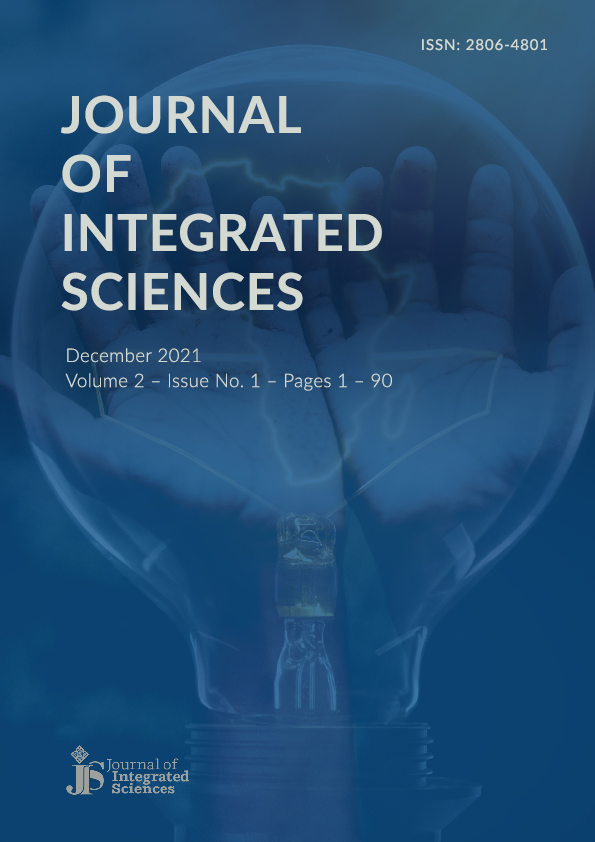ECONOMIC ANALYSIS OF VITELLARIA PARADOXA C.F. GAERTN AND PARKIA BIGLOBOSA (JACQ.) R.BR.EX G.DON. IN IWAJOWA LOCAL GOVERNMENT AREA, OYO STATE, NIGERIA
Abstract
This study evaluates the economic analysis of Vitellaria paradoxa (shea butter) and Parkia biglobosa (locust beans) in the Iwajowa Local Government Area. The research focused on four purposively selected communities: Iwere Ile, Ilaji Ile, Ayetoro Ile, and Ijio. A total of 138 questionnaires were administered to gather primary data, and the data were analyzed using descriptive and inferential statistics, including budgetary analysis and logit regression analysis. The results showed that the majority of respondents were female (97.7%), with 69.9% married, 47.8% aged between 40 and 49, and 40.6% having primary education. Most respondents had household sizes between 1 and 5 (67.4%) and were primarily engaged in marketing (69.9%) or production (30.4%) of V. paradoxa and P. biglobosa. The study revealed that these NTFPs serve as vital sources of food, income, medicine, and employment, with 100% of respondents acknowledging their importance. The business of V. paradoxa and P. biglobosa. was found to be profitable, with monthly net profits of ₦16,064.33 and ₦14,976.93, respectively, and benefit-cost ratios of 1.65 and 1.49. The major constraints identified were high transportation costs (β = 27.52), over-utilization of NTFPs (β = 15.22), urbanization (β = 5.30), deforestation (β = 5.12), and availability of the plant (β = 3.41). In conclusion, the study highlighted significant challenges faced by producers and marketers, including poor transport networks and a lack of market information. It is recommended that the government improve the performance of producers and marketers by addressing transportation issues and enhancing market access.

